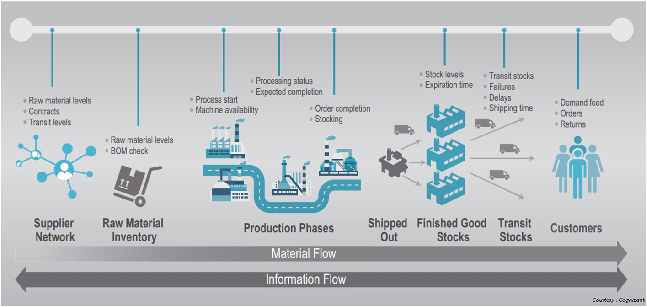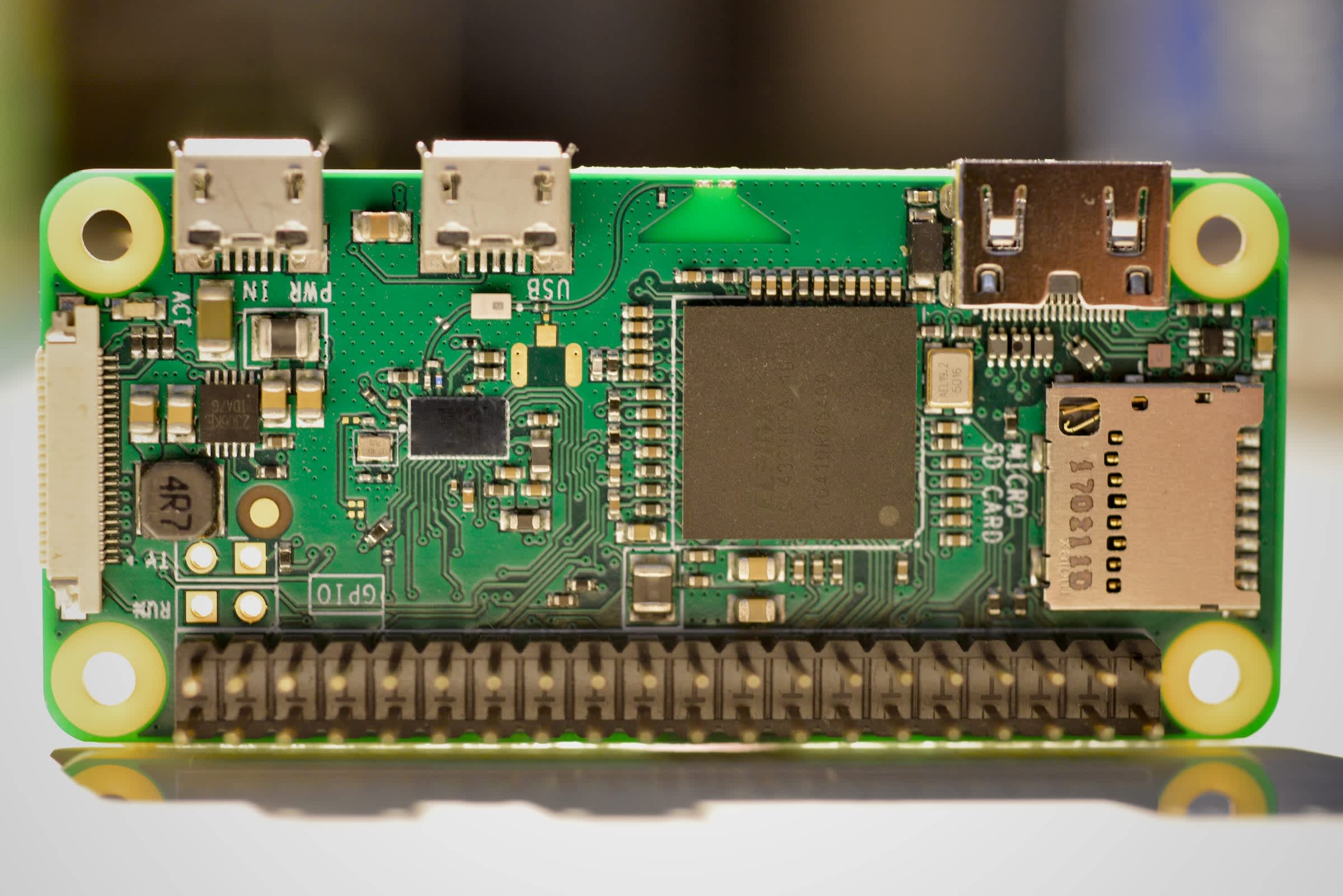From the Apple Watch to commercial fleet management solutions, billions of IoT devices share terabytes of data worldwide daily. But the potential for these devices extends well beyond today's capabilities.
Let's look at five growing trends in the IoT space and how you can prepare for them.
#1. AI Drives Value Creation
Companies are embedding internet-of-things technologies into everything from vehicles to industrial machines. By connecting these devices to the internet, IoT enables cutting-edge capabilities like preventive maintenance or accurate shipment arrival times. However, many of these capabilities also require artificial intelligence.
Artificial intelligence and machine learning help transform raw data from IoT devices into actionable insights for businesses and consumers. For example, an IoT sensor on a production line might send a picture to a server. However, artificial intelligence goes a step further by analyzing the product photos for defects and alerting the right people in real-time.
The good news is that Amazon AWS, Microsoft Azure, and other cloud platforms are making it easier than ever to harness the power of AI across different use cases. For instance, Amazon SageMaker lets you build, train, and deploy machine learning models for any use case with fully-managed infrastructure, tools, and workflows within AWS.
#2. IoT Will Become Easier to Use
Many new technologies are rough around the edges when they first hit the market – and IoT devices are no exception. Early iterations of the technology required too much space or energy, making them challenging to embed in wearables or other small devices. As a result, manufacturers made difficult trade-offs to bring products to market.
Fortunately, IoT technologies have become more standardized, less power hungry, and more conveniently-sized over time. For instance, the Advanced Message Queuing Protocol (AMQP) is an open standard application layer protocol used for transactional messages between servers that ensures security and reliability.
Meanwhile, the rise of 5G technology promises to lower power requirements, reduce latency, and improve data throughput. 5G networks will be able to accommodate more devices operating on the same network and reduce latency for applications ranging from multiplayer mobile gaming to connected vehicle caravans.
#3. Healthcare Will Remain a Focus
Internet-of-things technologies play a critical role in healthcare, where they provide life-saving data to physicians and others. For instance, the Apple Watch and other wearables enable physicians to monitor a person's heart rate, oxygen levels, stability, and other factors 24/7. This makes it easier to intervene when problems arise or monitor patient vitals post-treatment.
These devices are also putting power back into the hands of consumers. For example, the Oura Ring enables anyone to track their sleep with unprecedented accuracy. And Levels will soon make it possible for anyone to monitor and optimize their blood sugar levels. These capabilities could enable everyone to live healthier lives.
At the same time, data from these devices could help power robust clinical studies. For instance, Apple Research already harnesses voluntary data from Apple Watches to help researchers better understand atrial fibrillations, arrhythmias, and other medical conditions. Other studies look at the efficacy of real-time reminders to help people stay proactive about health.
#4. IoT Will Disrupt Supply Chains
Internet-of-things technologies have an opportunity to transform industrial supply chains that have become vulnerable following the COVID-19 pandemic and Russia's invasion of Ukraine. By tracking assets in real-time around the world, these technologies could help improve forecasting accuracy, optimize inventories, and improve resilience.

IoT material and data flows throughout an organization. Source: ResearchGate
In addition to tracking locations, IoT sensors could add a wealth of data throughout the supply chain. For instance, temperature sensors could help minimize food spoilage, impact sensors could pinpoint where product damage occurred, and speed sensors could identify unsafe drivers to help fleets avoid costly accidents and their associated liabilities.
It's easy to see how these applications could help solve several supply chain issues. For instance, retailers could adjust their purchase orders more quickly based on inventories, fleets could reduce fuel costs by optimizing routes, and grocery stores could potentially avoid millions of dollars worth of spoiled food every year.
#5. Cybersecurity Will Become a Problem
Most internet-of-things technologies send data to the public internet, exposing it to cybersecurity risk. But unfortunately, cybersecurity is an afterthought for many wearables and IoT businesses. For instance, TRENDnet webcams transmitted user authentication credentials in clear, readable text over the internet, leading to troublesome hacks.
These risks will become increasingly crucial as IoT technologies make their way into critical infrastructure. For instance, the Jeep Cherokee had a zero-day exploit where attackers could influence a vehicle's steering and braking systems through an infotainment system's vulnerability. These kinds of breaches could have life and death consequences.
The combination of data breaches and compromised devices makes cybersecurity an essential investment. While standardized IoT protocols could help improve security, mid to large-size enterprises should appoint dedicated security executives to mitigate risk by looking at hardware technologies, vendor security policies, and internal practices.
The Bottom Line
Internet-of-things technologies have become ubiquitous across consumer devices like wearables and industrial use cases like M2M. As these technologies mature, a handful of megatrends will become apparent over the coming months and years. These trends include the rise of AI to unlock value and nascent cybersecurity risks.
If you're developing wearable or IoT projects, Intent can help develop effective and secure front end applications. We've worked with Oura Ring, Roku, and other iconic brands to design intuitive interfaces that enable users to unlock the benefits of IoT data.
Contact us today to discuss your project!

Greg Cargopoulos
Marketing Lead

